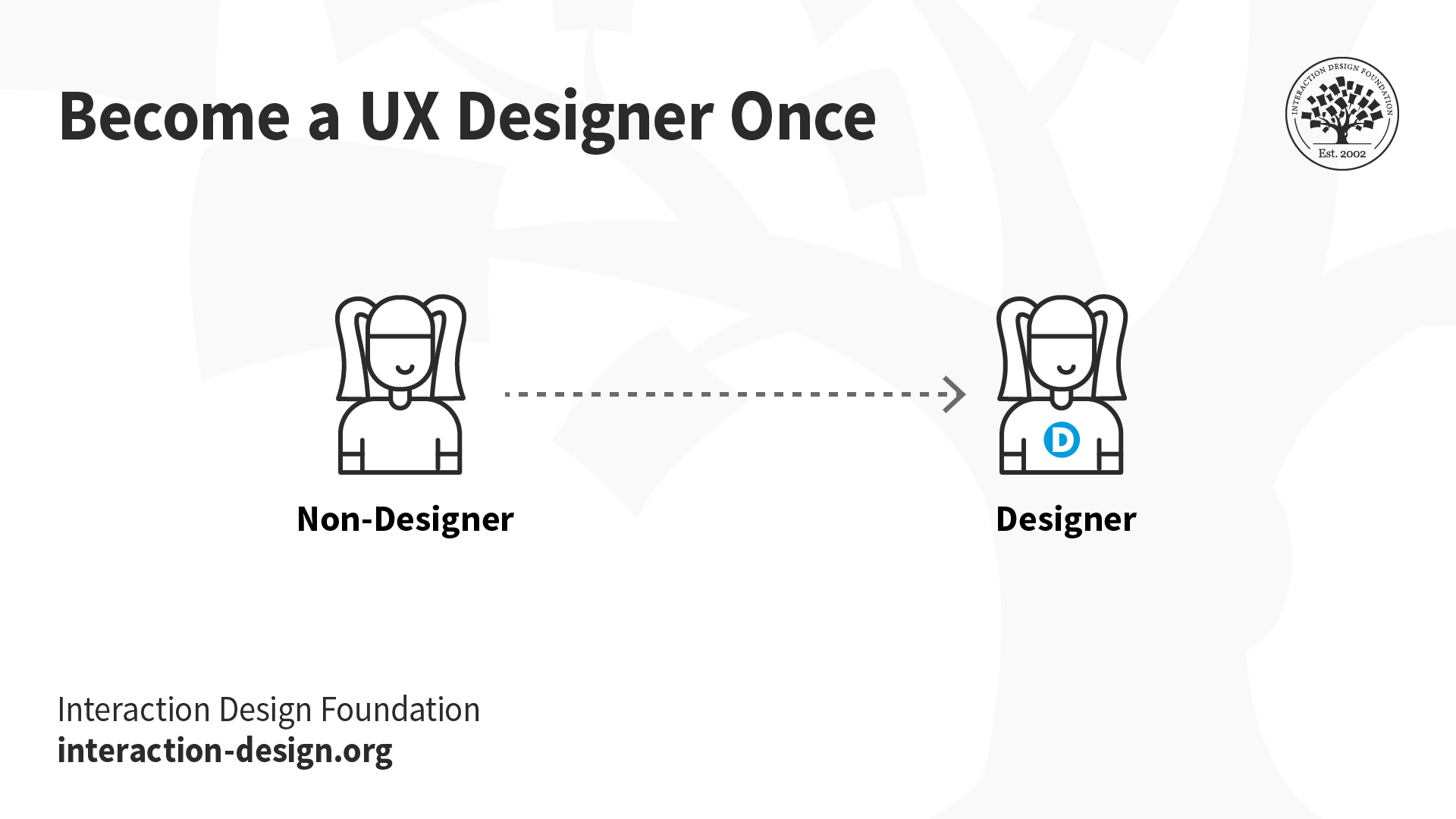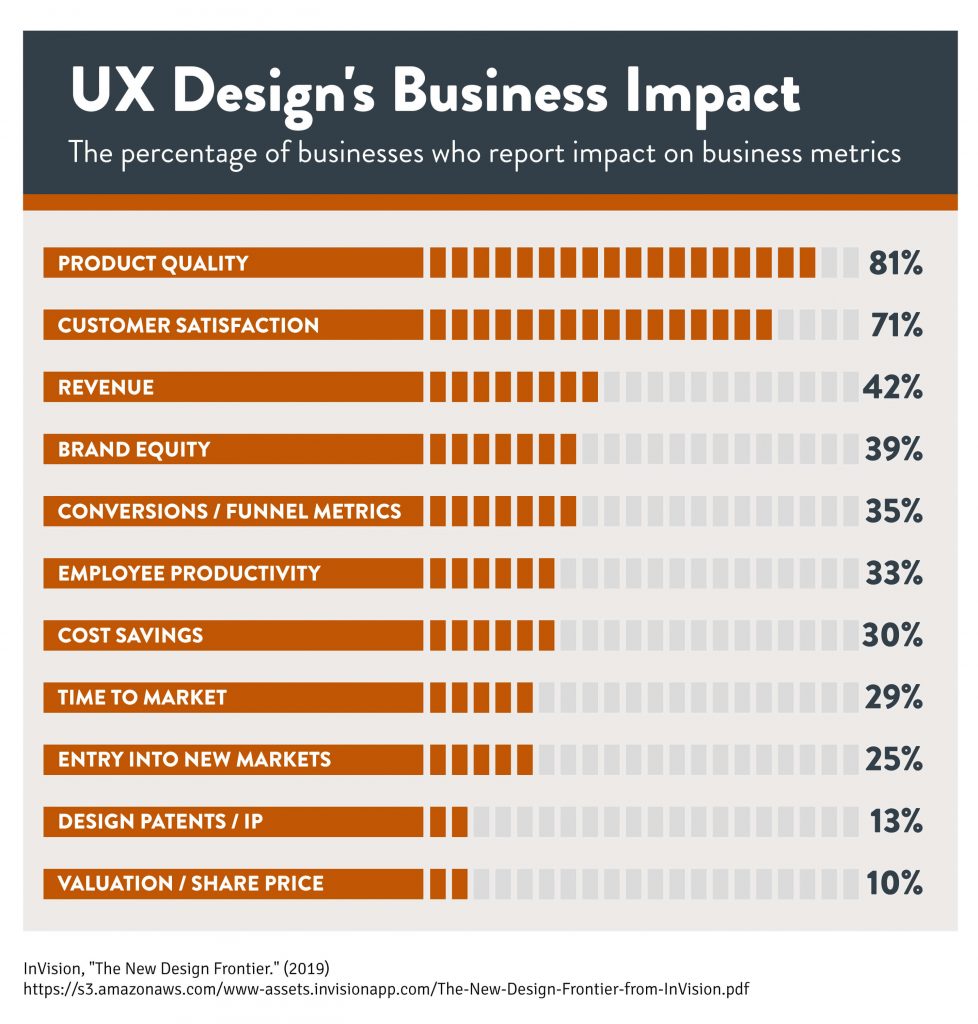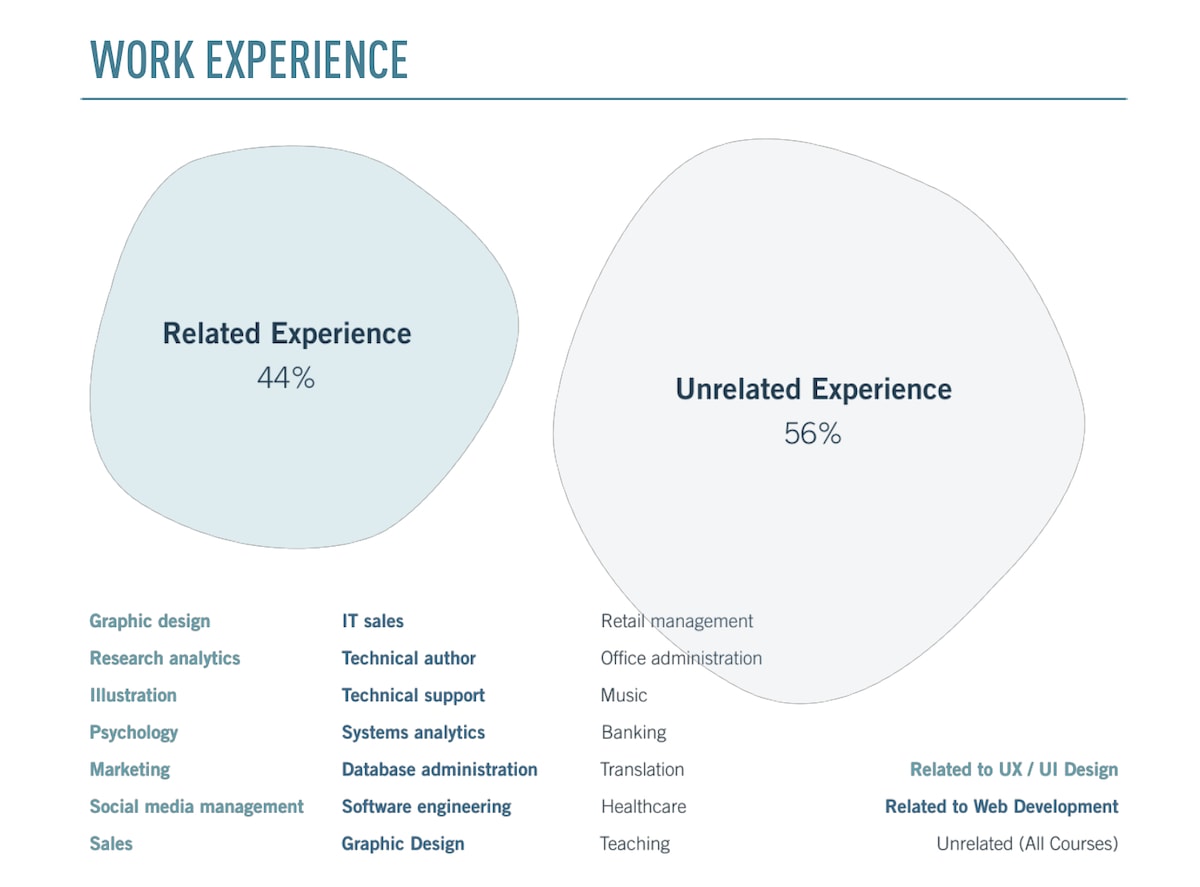To become a UX designer, you should start by obtaining a degree in a relevant field such as graphic design or computer science. Gain practical experience through internships or freelance projects, and build a strong portfolio showcasing your skills and projects.
Networking with professionals in the industry and staying updated with the latest design trends is crucial. Additionally, consider obtaining certifications in UX design to enhance your credibility. Always be open to learning and adapting to new technologies and methodologies. With dedication and persistence, you can pave your way to a successful career in UX design.
Embarking on a UX Design Journey
Embarking on a UX design journey involves gaining knowledge of user experience principles, conducting user research, and creating prototypes to improve the usability of digital products. To become a UX designer, one must have a solid foundation in design thinking, information architecture, and visual design.
Starting a career in UX design can be an exciting and rewarding journey. As a UX designer, you have the opportunity to create meaningful and user-friendly experiences that can impact how people interact with technology. Whether you're a recent graduate or looking to transition into a new field, becoming a UX designer requires a combination of skills, knowledge, and a passion for understanding user needs.
In this blog post, we will explore why choosing UX design is a great career path, the essential skills every aspiring UX designer should master, and how you can kickstart your journey in this dynamic field.
Why Choose UX Design?
UX design is a rapidly growing field that offers a range of exciting opportunities. Here are some compelling reasons why you should consider a career in UX design:
- High Demand: With the increasing emphasis on user-centric design, companies are actively seeking skilled UX designers to create intuitive and engaging experiences for their users.
- Lucrative Salaries: UX designers are in high demand, and as a result, they often enjoy competitive salaries and benefits.
- Creative Problem Solving: As a UX designer, you'll be tasked with solving complex problems and finding innovative solutions that enhance the user experience.
- Continuous Learning: The field of UX design is constantly evolving, offering endless opportunities for growth and learning new skills.
Skills Every Aspiring UX Designer Should Master
To excel as a UX designer, there are several essential skills that you should focus on developing:
- User Research: Understanding user needs and behavior is crucial for creating effective designs. Conducting user research through interviews, surveys, and usability tests will help you gather valuable insights.
- Information Architecture: Organizing and structuring information in a way that is logical and intuitive for users is key. Mastering information architecture principles will enable you to create seamless user experiences.
- Interaction Design: Designing interactive elements such as buttons, menus, and forms requires a solid understanding of interaction design principles and best practices.
- Visual Design: Aesthetics play a significant role in user experience. Developing skills in visual design, including typography, color theory, and layout, will enhance the visual appeal of your designs.
- Prototyping and Testing: Creating prototypes and conducting user testing allows you to validate your designs and make improvements based on user feedback.
By honing these skills, you'll be well-equipped to tackle the challenges of the UX design field and create exceptional user experiences.
Educational Pathways to UX Design
Embarking on a journey to become a UX designer involves exploring various educational pathways. By gaining knowledge through courses, boot camps, or degrees in design, psychology, or technology, individuals can acquire the necessary skills to excel in this field and create user-friendly experiences.
Educational Pathways to UX Design As the demand for UX designers continues to grow, many people are interested in pursuing this exciting career path. However, with so many educational pathways available, it can be challenging to know where to start.Formal Education vs Self-learning
When it comes to formal education, there are various options available. Many universities offer degree programs in UX design or related fields such as interaction design, graphic design, or computer science. These programs provide students with a comprehensive education that covers both theory and practical skills.Top Courses and Certifications
Whether you choose formal education or self-learning, there are many courses and certifications available that can help you develop the skills needed to become a UX designer. Here are some of the top options:- Interaction Design Foundation: This online platform offers a range of courses in UX design, from beginner to advanced levels. Courses cover topics such as usability testing, design thinking, and user research.
- General Assembly: This boot camp-style program offers immersive courses in UX design, as well as related fields such as data science and digital marketing. Graduates receive a certificate upon completion.
- Nielsen Norman Group: This organization offers a range of UX design courses, both online and in-person. Courses cover topics such as information architecture, interaction design, and user experience research.
- Coursera: This online learning platform partners with universities and organizations to offer a range of courses in UX design and related fields. Courses are often self-paced and can be audited for free or taken for credit.
Building a Strong Foundation: Key Ux Principles
Understanding User Needs
Understanding user needs is the cornerstone of UX design. UX designers must conduct thorough research to gain insights into the preferences, behaviors, and pain points of the target audience. By employing various techniques such as user interviews, surveys, and analytics, designers can gather valuable data to inform their decisions.
Principles of Design Thinking
Design thinking is a problem-solving methodology that emphasizes empathy, creativity, and iterative prototyping. It encourages UX designers to approach challenges from a user-centered perspective, fostering innovative solutions that address real user needs. This process involves ideation, prototyping, and testing to refine the user experience iteratively.

Credit: www.interaction-design.org
Tools of the Trade
When it comes to becoming a UX designer, understanding the essential tools of the trade is crucial. These tools not only aid in the creation of user-centric designs but also play a significant role in ensuring a seamless user experience. From software essentials to staying updated with industry standards, a UX designer must be well-versed in the latest tools and technologies.
Software Essentials for UX Designers
One of the primary requirements for a UX designer is proficiency in various software applications. Adobe XD and Sketch are popular choices for creating wireframes, prototypes, and user interfaces. Additionally, a strong grasp of InVision for interactive mockups and Axure RP for advanced prototyping is essential.
Figma is also gaining traction for its collaborative features, making it a valuable addition to a UX designer's toolkit.
Staying Updated with Industry Standards
UX design is a dynamic field, constantly evolving with new trends and technologies. Keeping abreast of industry standards is vital for a UX designer. Regularly exploring resources such as Nielsen Norman Group, Smashing Magazine, and UX Booth can provide valuable insights into best practices and emerging trends.
Engaging in communities like UX Mastery and attending industry events and webinars can also help in staying updated with the latest developments.
Crafting Your UX Portfolio
Crafting Your UX Portfolio is essential for aspiring UX designers. Learn how to become a UX designer by creating a portfolio that showcases your skills and experience. With concise sentences and unique insights, this blog post provides valuable guidance for those looking to enter the field.
Crafting Your UX Portfolio is a crucial step in becoming a successful UX Designer. Your portfolio showcases your skills, creativity, and design process to potential employers. As a UX Designer, your portfolio should be visual, easy to navigate, and tell a story about your design process.What to Include in Your Portfolio
Your UX portfolio should showcase your skills and creativity as a designer. Here are some key elements to include:- Case studies
- User research
- Wireframes and prototypes
- Final designs
- Usability testing results
- Design process and methodology
Telling The Story of Your Design Process
Your UX portfolio should tell a story about your design process. This means showing how you approached a design problem, how you conducted user research, and how you iterated on your designs based on feedback. Here are some tips for telling the story of your design process:- Start with a brief overview of the project and the problem you were trying to solve.
- Show how you conducted user research and what insights you gained from it.
- Show how you created wireframes and prototypes and how you iterated on them based on feedback.
- Show your final design and how it addresses the initial problem.
- Include any usability testing results and how you used them to improve your design.
- Explain your design process and methodology, including any design principles or frameworks you used.

Credit: techbootcamps.utexas.edu
Gaining Real-world Experience
While having a solid foundation in UX design principles and methodologies is important, gaining real-world experience is crucial to becoming a successful UX designer. Employers are looking for candidates who can apply their knowledge to solve real-world problems and create user-centered designs that meet business goals.
In this section, we’ll explore some ways to gain real-world experience in UX design.
Internships and Volunteer Work
Internships and volunteer work are great opportunities to gain hands-on experience in UX design. Many companies offer UX design internships, where you can work alongside experienced designers and learn from their expertise. Volunteering for non-profit organizations or community groups can also provide valuable experience and allow you to build your portfolio.
When looking for internships or volunteer opportunities, look for positions that align with your interests and career goals. Make sure to research the organization and its mission to ensure that it’s a good fit for you. Additionally, don’t be afraid to reach out to companies or organizations that you’re interested in working with. Even if they don’t have an official internship program, they may be willing to offer you a volunteer position or provide mentorship.
Freelance Projects: A Gateway to Experience
Freelance projects can be a great way to gain experience in UX design while building your portfolio and earning money. Platforms like Upwork, Fiverr, and Freelancer.com offer opportunities to work with clients from all over the world and gain experience in a variety of industries.
When taking on freelance projects, make sure to set clear expectations with clients and establish a contract that outlines the scope of work, timeline, and compensation. Additionally, make sure to communicate regularly with clients and provide updates on your progress.
Overall, gaining real-world experience in UX design is crucial to becoming a successful designer. Whether through internships, volunteer work, or freelance projects, there are many opportunities to gain hands-on experience and build your portfolio.
Networking and Community Engagement
Networking and community engagement play a crucial role in the journey to becoming a UX designer. By actively participating in UX communities and connecting with mentors and peers, aspiring designers can gain valuable insights, expand their knowledge, and establish a strong professional network.
Joining UX Communities
Joining UX communities allows aspiring designers to connect with like-minded professionals, share experiences, and stay updated with the latest trends and developments in the field. Engaging in these communities provides opportunities for collaboration, feedback, and learning from the diverse perspectives of other designers.
Learning from Mentors and Peers
Learning from mentors and peers offers invaluable guidance and support as individuals navigate their path to becoming UX designers. By seeking advice from experienced professionals and exchanging ideas with peers, aspiring designers can gain practical insights, refine their skills, and nurture their passion for user experience design.
Landing Your First UX Design Job
Securing your first UX design job can be an exciting and challenging endeavor. As you prepare to enter the job market, there are several key strategies to keep in mind. From honing your interview skills to showcasing your portfolio, these steps can help you stand out as a compelling candidate in the competitive field of UX design.
Preparing for Interviews
When preparing for UX design interviews, it's essential to familiarize yourself with common interview questions and practice articulating your design process and problem-solving abilities. Additionally, research the company and its industry to demonstrate your interest and understanding during the interview.
Showcasing Your Skills and Portfolio
Creating a standout portfolio is crucial for landing your first UX design job. Include a diverse range of projects that highlight your problem-solving skills, creativity, and attention to user needs. Consider including case studies that demonstrate your design process and the impact of your work on user experience.

Credit: careerfoundry.com
Frequently Asked Questions
How Do You Qualify as a UX Designer?
To qualify as a UX designer, you need a combination of skills and knowledge in user research, prototyping, wireframing, and usability testing. Familiarity with design software and coding languages is also beneficial.
Additionally, having a strong understanding of user psychology and being able to create intuitive and user-centered designs is crucial.
How Long Does It Take to Become a UX Designer?
Becoming a UX designer takes about 2-5 years. It involves learning design principles, user research, and software skills. Additionally, gaining practical experience through internships or freelance work can help accelerate the process.
What Degree Do I Need to Be a UX Designer?
A degree in UX design, graphic design, or related fields is beneficial. However, many UX designers have diverse educational backgrounds. Specialized courses and real-world experience are also valuable for entering the field.
How Do I Get Into UX with No Experience?
To get into UX with no experience, start by building a strong foundation of knowledge. Take online courses, read books, and learn about UX principles and tools. Practice by creating your own projects and building a portfolio. Network with professionals in the field and consider volunteering or freelancing to gain real-world experience.
Stay updated with industry trends and showcase your passion for UX in job applications.
Conclusion
Becoming a UX designer is an exciting journey that requires a combination of creativity, technical skills, and a deep understanding of user needs. By following the right steps and continuously improving your skills, you can pave the way for a successful career in this field.
Remember to stay updated with the latest design trends, build a strong portfolio, and never stop learning. With dedication and perseverance, you can become a sought-after UX designer in no time. Happy designing!


